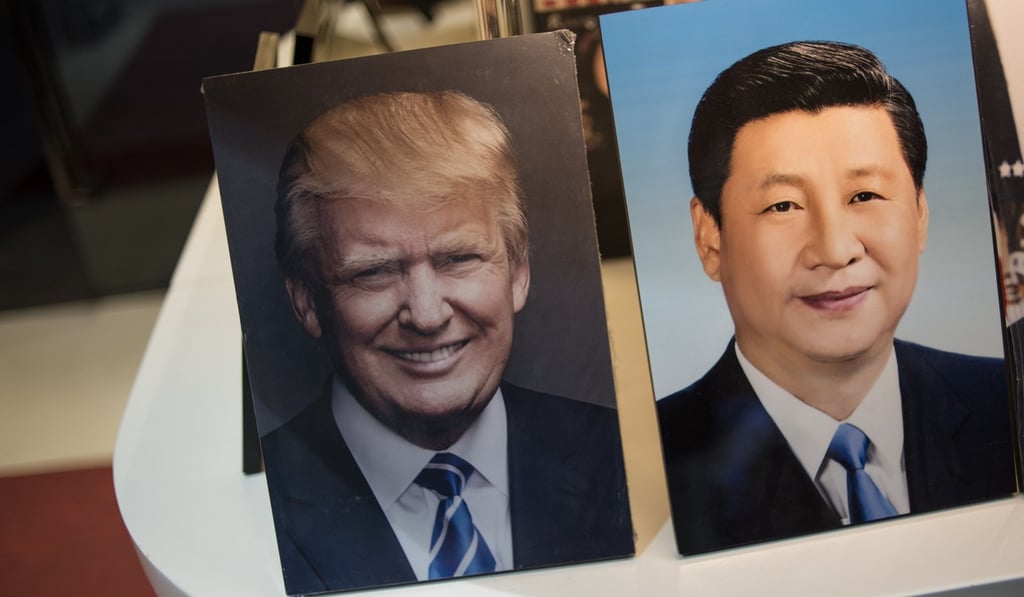Macroscope | How to read Xi Jinping’s status boost and power shuffle
‘Despite the centralisation of power, we do not think Xi will be a total authoritarian in decision-making either. Xi has managed, over the years, to assemble some very smart and capable people, who are able to provide practical economic advice’

The Chinese Communist Party announced a new line-up of senior leadership at the First Plenum after the 19th Party Congress, which confirmed our expectation that President Xi Jinping has made further inroads into power consolidation by planting his close allies in key party positions.
Of the five new members of the Politburo Standing Committee (PSC) – the Party’s top decision-making body – three are seen as closely aligned with Xi, with others representing other factions. The resulting power split has led to some speculations that Xi has failed to take control of the PSC, and hence, only has a weak hand to play in driving policy decisions going forward.
We have a different interpretation. We think the new line-up of the PSC reflects that Xi is confident enough to preserve the symbolic power balance without diluting his own decision-making authority.
Given the anticipated roles that the PSC members will take, it is not hard to see that Xi and his allies will be in charge of all the portfolios that have tangible decision-making power, including policy designs, legislative approvals, anti-corruption and propaganda.
The concept of “collective leadership” has, in our view, been replaced by a greater centralisation of power, which makes the PSC composition a less relevant guide for the actual distribution of decision-making authority.

